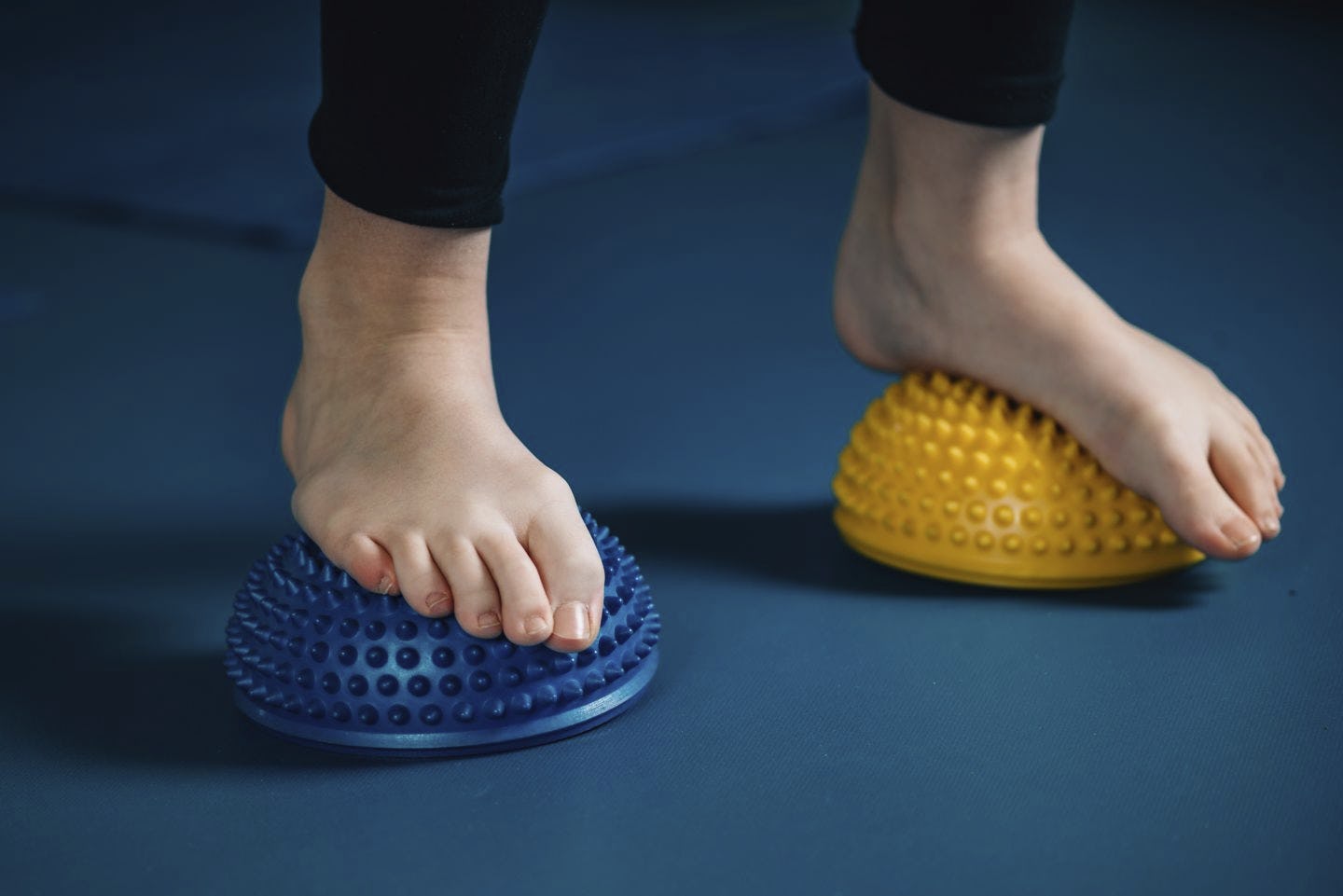Do you ever feel unsteady, as if you may fall or topple sideways without warning? Do you have trouble standing, sometimes experiencing the “spins” even when you’re standing still? Do you experience pain in your hips, knees, or other joints when you walk or move in certain ways? If so, you may be suffering from a balance or gait disorder.
These disorders can be physically and mentally disrupting and can develop from various reasons. A variety of underlying musculoskeletal and neurological disorders can cause or aggravate a balance or gait problem. Luckily, physical therapy can help significantly reduce your symptoms or correct your condition altogether. For more information on how you can steady your balance and gait troubles, contact Optimal Motion Physical Therapy for an appointment today!
Balance and gait disorders: defined
Balance and gait disorders belong to a family of functional problems that interfere with your positional awareness, your normal means of walking or running, and your ability to keep yourself upright.
Balance and gait disorders are closely related, but they do have some distinct differences. Mayo Clinic defines a balance disorder as anything that causes you to feel as if you are “spinning,” or in danger of falling, even if you are sitting or standing still. Balance disorders are both physical and mental, as your brain may think you are moving, even when you are not.
Gait disorders can cause abnormal movements to the way you walk and run, and these can become exaggerated with age. According to Move Forward Physical Therapy, gait disorders account for 17 percent of senior falls.
How do balance and gait disorders develop?
There can be many causes of balance and gait disorders, as they can develop from many different underlying conditions. For balance disorders, many are related to issues in the vestibular system, which is a delicate collection of fluid-filled chambers and sensory nerves, located in the inner ear. The vestibular system is responsible for your sense of position, also known as “proprioception.”
Some common vestibular conditions resulting in balance disorders include:
- Benign paroxysmal positional vertigo (BPPV). This occurs when calcium debris breaks off in the inner ear, causing issues with balance.
- Neurological issues. This may include Parkinson’s disease, brain injury, or stroke. Anything that affects your neurological system can also impact your balance.
- Injury or ailment. Even if your brain and nervous system are working in harmony with one another, a sudden injury, disease, or other ailment causing muscle weakness can interfere with your balance and make it difficult to keep yourself upright.
Much like balance disorders, gait disorders can also develop from the symptoms of neurological or neuromuscular issues. Any condition that impairs nerve or muscle function may lead you to walk in an abnormal manner. However, gait problems can also appear as the result of underlying musculoskeletal problems, such as overuse injuries, abnormal foot arches, plantar fasciitis, or uneven muscle support that may make you favor one side of your body more than the other. Old injuries may also affect your gait if they never healed correctly, as the internal scar tissue may limit the range of motion in your hips, knees, or feet.
How will physical therapy help with my balance or gait disorder?
Physical therapy can provide you with the tools you need to relieve the symptoms of your balance or gait disorder, and in many cases, it can help you recover completely from your condition. Your Herndon physical therapist will conduct a comprehensive physical evaluation to examine your balance, gait, stance, medical history, and symptoms, before creating a personalized treatment plan deemed for your specific needs. This treatment plan may include:
- Strengthening exercises. Your evaluation will help determine what problem areas in your body may need help. Your physical therapist will provide you with strengthening exercises that will build up your muscles, thus making it much easier for you to move around and reduce your risk of injury.
- Stretches. Stretching will help improve your flexibility and your range of motion. This will give you more control and quicker reactions with your movements, also reducing your risk of injury. It will also keep your muscles from becoming too tight and stiff.
- Vestibular rehabilitation. This physical therapy treatment works to improve your vision, nerves, muscles, and vestibular system as a whole, in order to maintain steady balance. If you are suffering from BPPV, our Herndon physical therapists will provide you with specific exercises that will move the calcium debris to the correct parts of your ear.
- Gait retraining exercises. Sometimes, abnormalities in gait can be corrected through a “retraining” where you learn proper techniques. In a study cited by the Arthritis Foundation, patients suffering from osteoarthritis-related gait disorders were able to successfully alter their gait through treadmill exercises.
If you are suffering from a balance or gait disorder, contact Optimal Motion Physical Therapy to schedule an appointment with one of our dedicated physical therapists. We’ll help you get back on your feet in no time!

